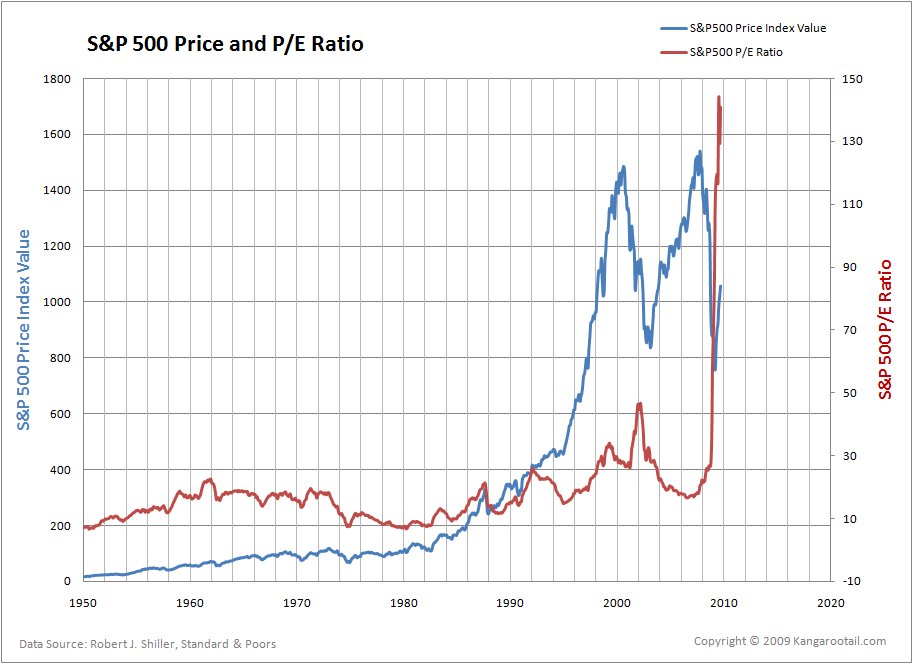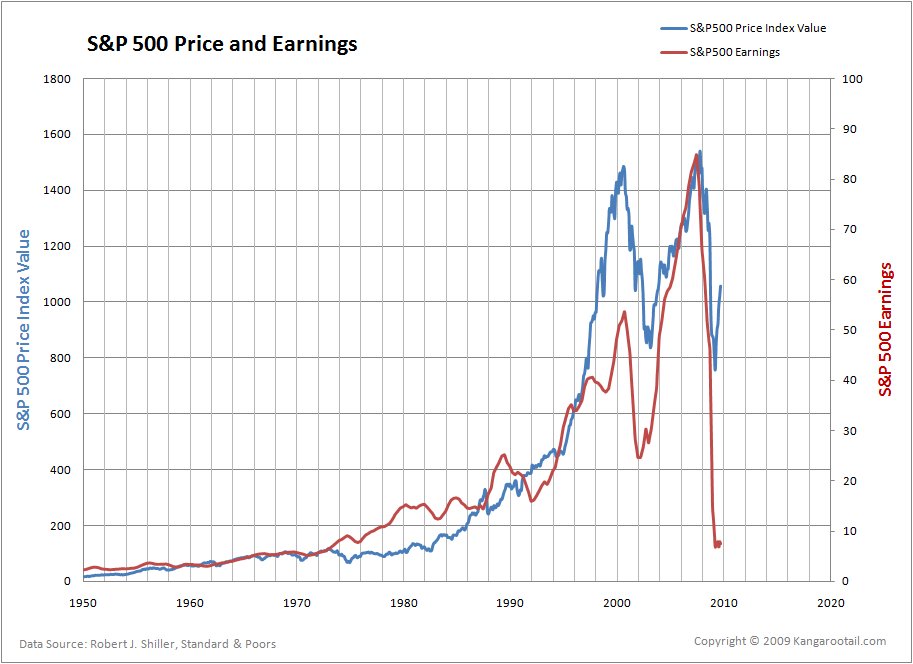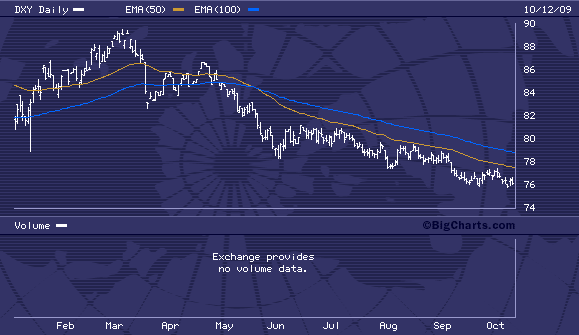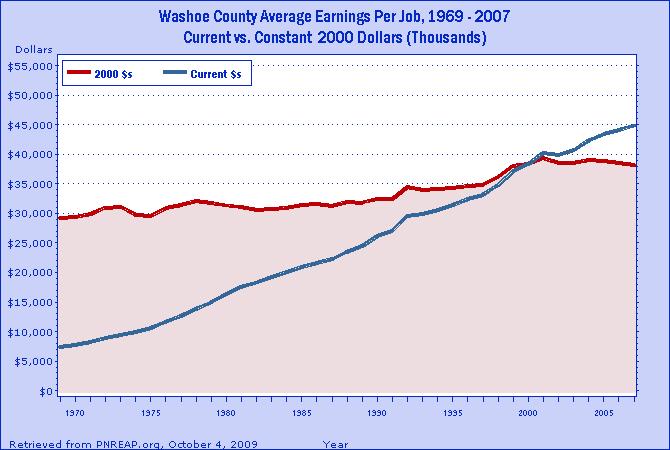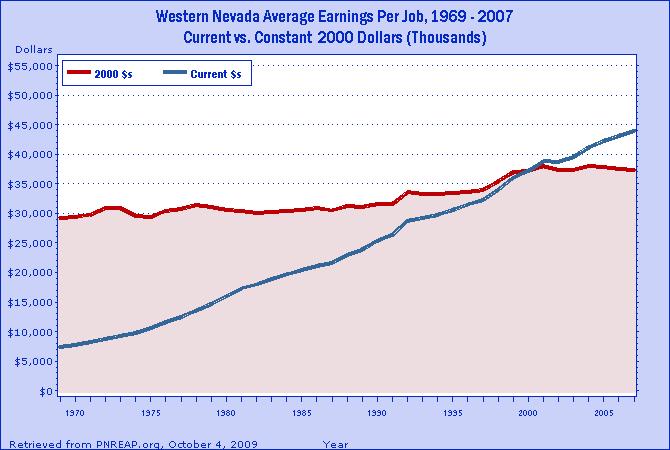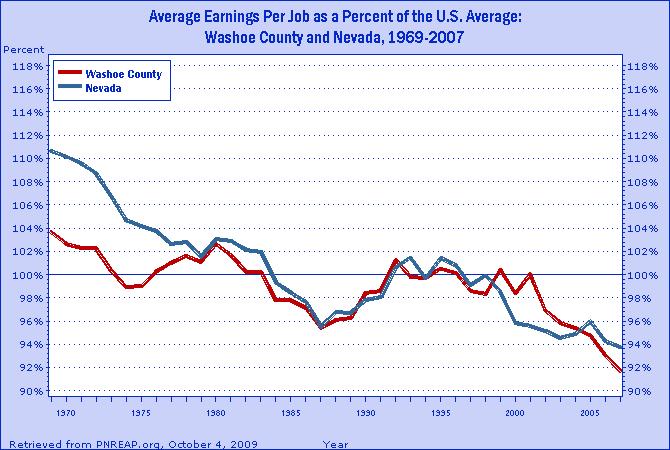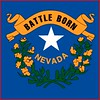I think of this when I read in the financial press about how the falling dollar is good for exports, a fact that is technically true. They say higher exports will lead to recovery because of the global market. Countries are in a race to out-export each other, and we have to compete. Meanwhile, the working poor and lower middle class see the price of bread and shoes rise, and wonder why.
To his credit, Donald Luskin at least mentions the working poor, if only in passing.
It doesn’t take a genius to figure out the winners and losers on this score. If you buy cheap Chinese-made goods at Walmart, you’re going to be a loser. Prices are going up.
The fact is that with a sinking dollar everybody loses, the Walmart shoppers are only the first in line. This isn't just a screed for the bleeding heart liberals either. The ability of the working poor to acquire necessities is the foundation on which all else is built. When the poor go without, the middle class lose their jobs, and then who's shopping at Walmart?
And there's no safe haven in the booming stock market either. As Luskin himself points out:
This year’s 15 percent dollar drop began on March 9, the very day the stock market found its bottom. Tick for tick, the dollar’s decline has tracked the stock market’s monster rally.
But it's not a sign of recovery as Luskin concludes. Like gamblers who only talk of their winnings, the bulls on Wall Street never mention the 15% haircut. For them, the rise pads the bottom line, and the government gets to claim credit for improving conditions. Statistics are about quantity, not quality.
On our current trajectory, the dollar will hit an historic low sometime around Christmas. My guess is, they'll blame the lack of retail sales on consumers.

